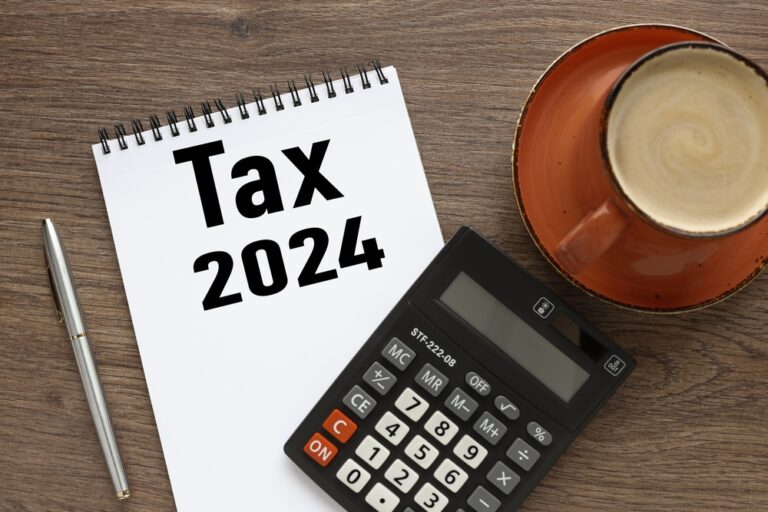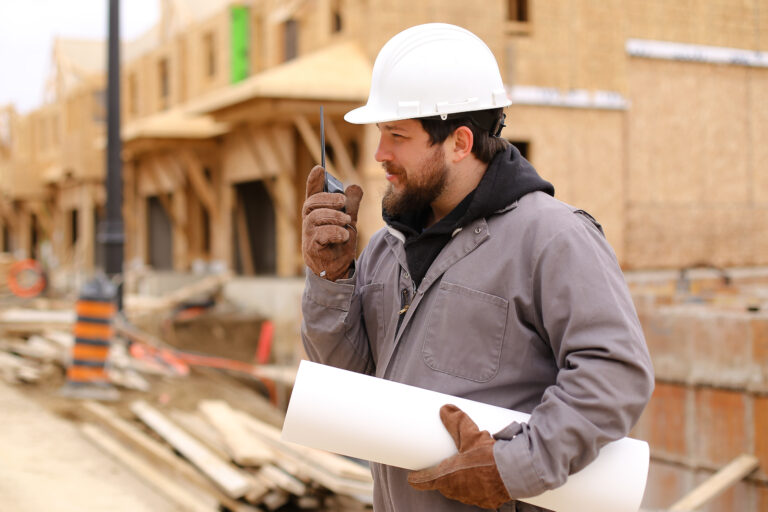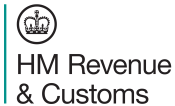VAT: An inspector calls!
A business will have a visit from a VAT inspector for one of two reasons; a routine visit after selection by the HMRC computer based on the type of business and the level of turnover, or if the business has an unexpectedly large VAT repayment.
Inspections generated by a repayment return are, in turn, dealt with in one of two ways; either a ‘pre-payment credibility visit’ in which the inspection takes place before the repayment is made, or a ‘post-payment’ visit where the repayment is made and then an inspection is arranged where HMRC perceives the risk to be less.
Risk factors
In either case of a routine visit or a ‘credibility visit’, the frequency and length of the visit are determined by how much risk HMRC considers the business poses to the revenue.
Some factors are outside the business’s control; for example, is it a cash business, or does it have complex liability issues such as being partly exempt? But other factors are within the business’s control and can reduce the perceived risk and the likelihood of a VAT inspection.
If a business has a good compliance record and sends in its VAT returns and payments on time, then it can reduce the chances of having a VAT inspection.
Arranging a visit
HMRC will normally contact a business by phone to arrange a visit to its business premises and will then follow this up with a letter confirming the appointment. The letter will also list what records HMRC will need to inspect and give an indication of how long the visit will last.
This is a standard letter, so not all businesses will have all the records HMRC requests to see, but it should make sure that it has all the records it has available and have them set out neatly to help the inspector. If the business has had any written rulings from HMRC, make the letter available so the inspector can understand why it has applied a particular VAT treatment.
The easier a business makes it for HMRC, the quicker it will complete the inspection and leave it to get on with running its business.
Finding an error
If a business discovers an error after a visit has been arranged, even if it is disclosed immediately, it will not count as ‘unprompted’ and will get a penalty at the rate of 15-30%. However, the more a business cooperates in identifying and quantifying the error, the lower the penalty could be. If a business can show that it has changed its systems so that the error will not be repeated, it can get the penalty suspended.
If HMRC finds an error, it will write to the business with details of the errors and ask for any reasonable explanations. If the matter cannot be resolved, HMRC will issue an assessment and separate penalty notice to show what mitigating factors have been allowed in calculating the penalty.
During the visit
The VAT inspector will usually discuss the business and its accounting system with a responsible person who has a full understanding of what’s going on. The inspector may want to inspect the premises to confirm the business does what it says it does.
If the inspector gives any verbal rulings, ask for them to be confirmed in writing.
Following the visit
Once the visit has finished, HMRC should write to the business with any rulings and to confirm that the inspection has concluded.
If a business has a VAT inspection, it is best to cooperate fully with HMRC in order to make the inspection go smoothly and minimise any penalties if it has made an error.






